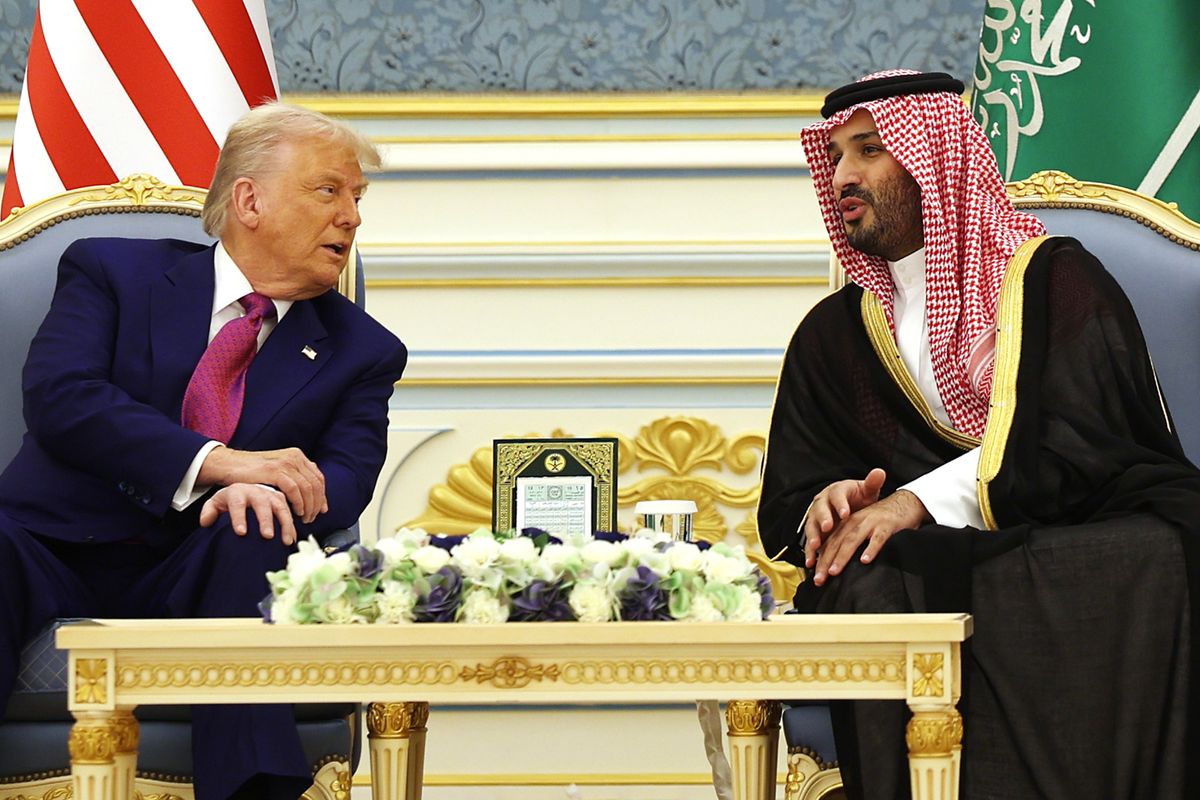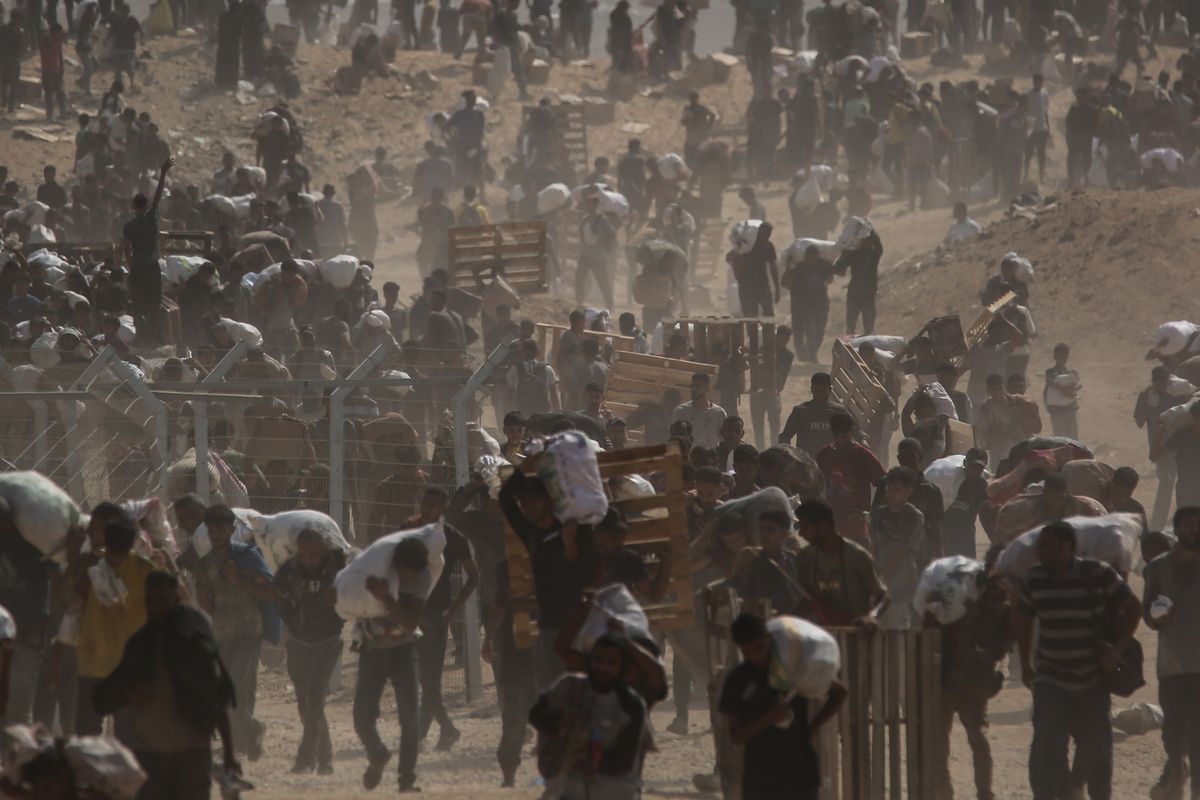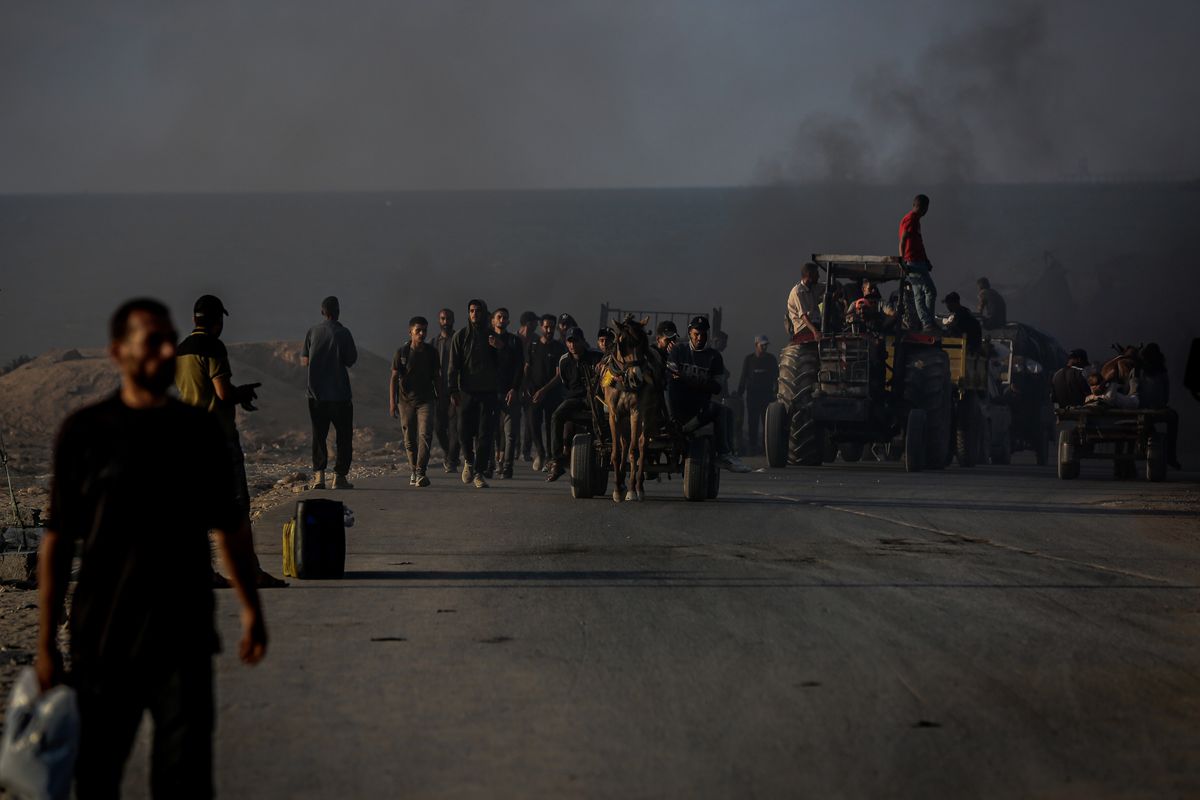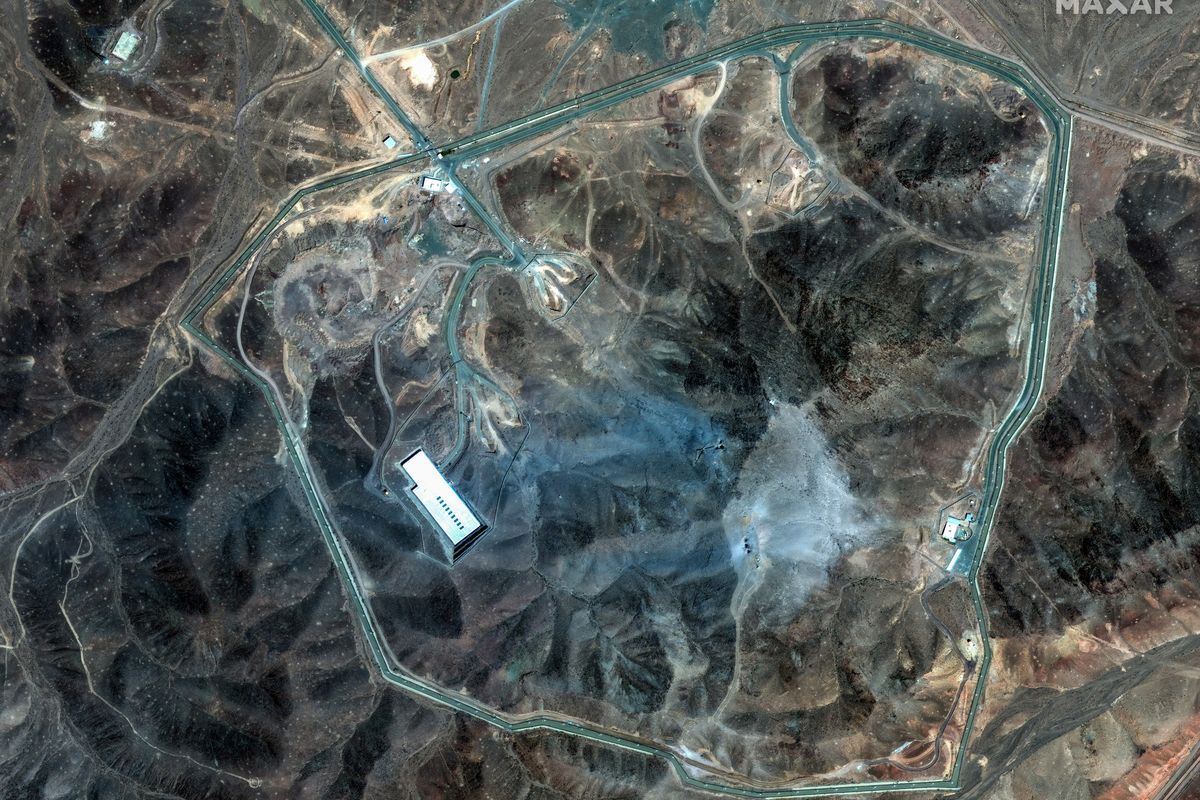In the wake of the nuclear agreement with Iran, US-Saudi relations appeared on the rocks. But when it comes to defense spending, business has rarely looked better.
While Iran’s nuclear program may be a US and regional concern, Iran’s asymmetric and unconventional operations have long posed a more immediate threat to Gulf Cooperation Council (GCC) states like Saudi Arabia. The focus on the nuclear file frustrated GCC states, which felt the United States downplayed or ignored conventional security issues.
Recently, Saudi authorities have signaled the Kingdom may diversify its arms suppliers by reaching out to France and Russia. Saudi Arabia signed for a $500 million delivery of French helicopters, and the Kingdom may purchase two French helicopter carriers. Still, the French deals are small given the scope of Saudi arms purchases. The $500 million French contract matches the cost to resupply ammunition for US-sourced equipment that Saudi Arabia already owns. And those contracts are nothing compared to the recently approved $5.4 billion sale of 600 PAC-3 missiles.
Saudi interest in Russian platforms, however, shed light on Saudi threat perceptions. In June, Saudi Deputy Crown Prince Mohammad bin Salman and Defense Minister aide Mohammed bin Abdullah al-Ayesh attended a Russian military forum in Moscow and a naval expo in St. Petersburg. Russian sources reported Saudi interest in the Iskander short-range ballistic missile system, Tigr corvettes, small submarine and a mobile coastal missile-defense system.
Saudi Arabia could conceivably use the Iskander to strike into Iran, but Saudi forces are much more likely to use it against fixed targets somewhere like Yemen. The other Russian platforms are likely intended to neutralize Iranian capabilities, piracy and smuggling operations, or terrorist threats against critical oil or military infrastructure. Like the French sales, however, these purchases are minimal compared to the billions Saudi Arabia spends annually on US hardware.
Greater diversification would not make strategic sense. Saudi air, land, and naval forces rely on US platforms. As of last year, Saudi Arabia had outstanding orders for 154 US combat aircraft, and Saudi Arabia’s $16-20 billion naval expansion is largely geared toward US suppliers. Saudi operations in Yemen have been reliant on US forces for the coastal embargo, anti-weapons trafficking operations, and even search and rescue. The expansion program would begin addressing these limitations.
The Department of State already approved a $1.9 billion naval helicopter sale, and other requests for warships, patrol boats, and UAVs may be in the works. US companies are potential suppliers for the next additions to the Saudi fleet, which could include a littoral combat ship (LCS), or an Arleigh Burke class destroyer. The destroyer would provide a mobile anti-missile defense system, useful in a region where Iran boasts expanding missile capabilities, and fixed land based anti-ballistic missile instillations could be more easily targeted. But the LCS fits better into US and GCC joint strategy. Expanding Saudi capacity for mine hunting, anti-piracy, or anti-smuggling operations would fill a noticeable gap in their existing capabilities and provide added value for coalition operations.
What then, is the significance of Saudi deals with France or Russia? In part, these are diplomatic efforts, a way of advancing partnerships while signaling displeasure with the Obama administration’s recent regional posture. With Moscow especially, the Saudi leadership may hope defense deals will buy Russian influence with Damascus or Tehran. Short of more significant diversification, however, it is not clear the Saudi moves signal credible realignment.
The US Gulf Security Dialogue launched in 2006 aimed to improve GCC defense capabilities and interoperability. Whether the initiative sparked significant improvements in capacity is questionable, but it did increase US sales to Saudi Arabia and other Gulf countries. From 2010-2014 Saudi Arabia was the world’s second largest arms importer and the top arms buyer from the United States. Russian analysts bemoan that the US share of the Saudi arms market is close to eighty percent. Their complaints will likely continue, however. Saudi regional concerns coupled with defense needs in the post-nuclear deal future will likely mean increased Saudi defense spending, of which American defense firms will be the chief beneficiaries.












